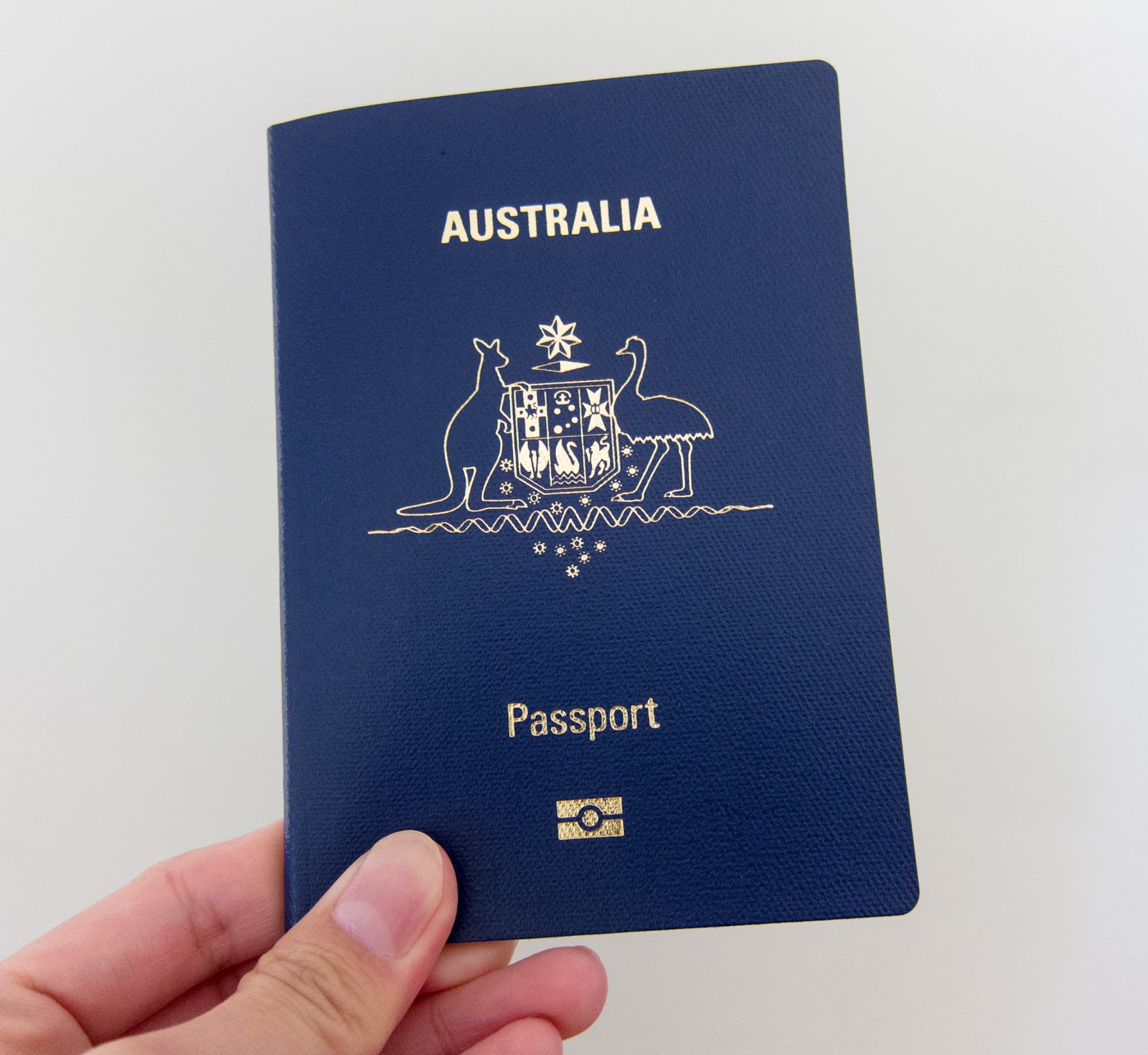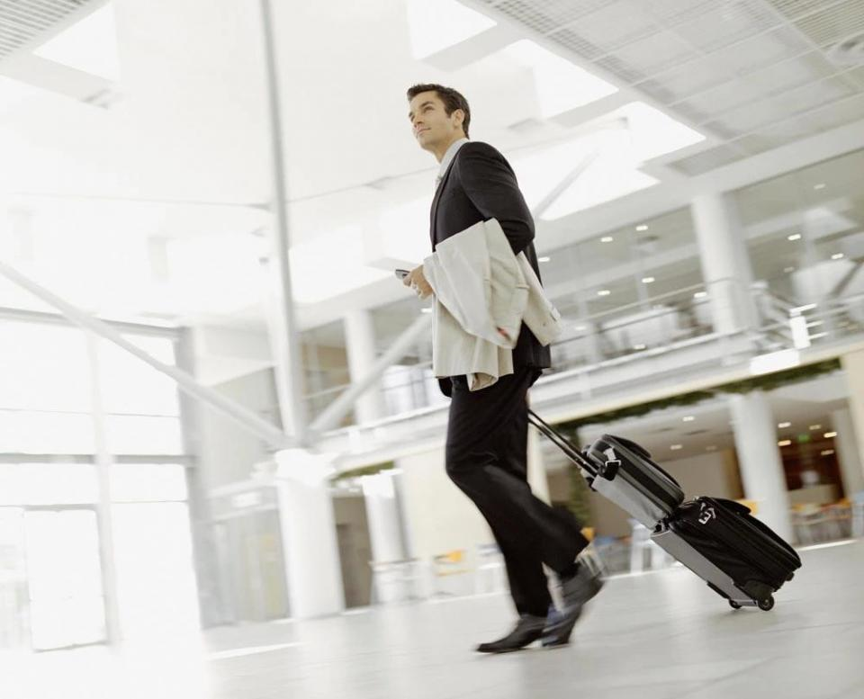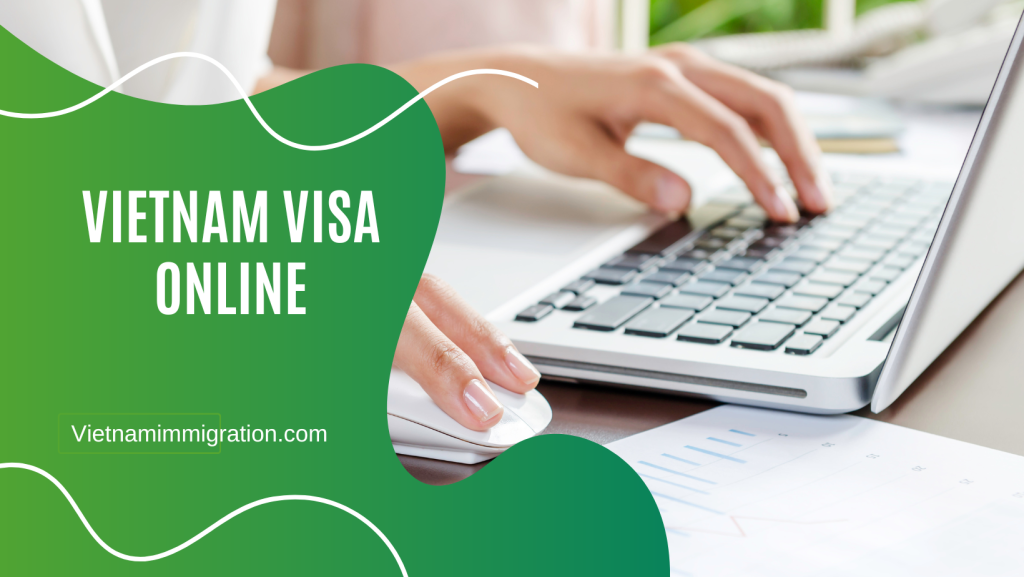If you’re an Australian professional planning a business trip to Vietnam in 2025, one of your top priorities should be understanding how long it will take to get your visa …

Planning a business trip to Vietnam in 2025? For Australians, securing your Vietnam business visa is all about getting the details right. Even a minor oversight—a missing document, a photo that doesn’t meet the specifications, or an incorrect form entry—can cause costly delays or outright refusal. In this guide, we’ll walk you through every requirement, document, and essential tip you need to ensure a smooth application process and a stress-free entry into Vietnam.
A Vietnam business visa is an official entry permit issued by the Vietnamese immigration authorities, designed specifically for foreigners engaging in commercial activities. For Australian citizens, it’s the right choice when attending trade shows, signing contracts, visiting factories, or meeting business partners.
Typically, a Vietnam business visa is valid for one to three months and can be issued for single or multiple entries. A single-entry visa allows you to enter Vietnam only once during its validity period, while a multiple-entry visa permits several entries, which is ideal for those with frequent travel schedules.
It’s important to note that a business visa is different from a tourist visa. Using the wrong visa type for your activities—such as conducting business on a tourist visa—can result in fines, denial of entry, or future visa complications.
In recent years, the Vietnam e-visa option has become increasingly popular among Australian applicants because it offers a faster, fully online process without the need to visit an embassy or consulate.

To apply for a Vietnam business visa, Australians must hold a passport valid for at least six months from the intended date of entry into Vietnam. This is a standard requirement that ensures you meet Vietnam’s entry conditions.
Applicants should have a clear and legitimate business purpose for their trip—examples include attending industry events, negotiating contracts, or conducting on-site inspections. Supporting documentation, such as an invitation letter or event registration, may be required in some cases.
You must not be on Vietnam’s immigration blacklist, which includes individuals who have previously overstayed, violated visa conditions, or been deported. Past violations may result in stricter screening or refusal of entry.
Compliance with Vietnamese laws is essential. Any history of legal issues or immigration violations in Vietnam could negatively impact your application.
If applying online for an e-visa, Australians typically need only a few key documents:
If applying in person at the Vietnamese Embassy in Canberra or the Consulate-General in Sydney, additional paperwork is required:
E-visas are best suited for short-term business visits due to their simplicity, while embassy applications are recommended for long-term stays or multiple-entry needs, despite being more document-intensive.

1. Submitting an Incomplete Application
One of the most common reasons for rejection is missing documents. Whether it’s forgetting to upload your passport scan or leaving out your business invitation letter, even small omissions can halt the process. Always double-check your checklist before submission.
2. Providing Incorrect or Mismatched Information
Errors in your application form—such as incorrect passport numbers, typos in your name, or discrepancies between your form and supporting documents—can result in immediate rejection. Take time to ensure every detail matches exactly.
3. Low-Quality or Non-Compliant Documents
Submitting a blurry passport scan or a photo that doesn’t meet the official size and format requirements is a fast track to rejection. Make sure all files are clear, high-resolution, and fully compliant with Vietnam’s specifications.
4. Choosing the Wrong Visa Type
Applying for a tourist visa instead of a business visa to save time or money is a costly mistake. If your purpose of travel doesn’t match your visa type, you risk being denied entry even if the visa was issued.
5. Applying Too Close to Your Travel Date
Even with urgent processing options, last-minute applications are risky. Public holidays, peak seasons, or unexpected system delays can disrupt your plans. For Australians, applying at least 2–3 weeks in advance is the safest choice.
Professional visa services can drastically reduce the risk of rejection by reviewing your application and documents before submission. This ensures every requirement is met, minimising delays.
Many agencies offer urgent processing, with turnaround times as fast as 2–8 hours—perfect for last-minute business travel.
In addition, reputable services provide 24/7 customer support, answering all your visa-related questions promptly. For example, Vietnam Visa Services offers a 100% approval guarantee, promising a full refund if your visa is not issued on time. With over 15 years of experience, they’ve successfully assisted countless Australian clients in obtaining their visas quickly and reliably.

Applying for a Vietnam business visa as an Australian in 2025 is straightforward when you understand the requirements and prepare the correct documents. By following this complete checklist—and considering the support of a professional visa service—you’ll avoid unnecessary stress and be ready to focus on your business objectives the moment you land in Vietnam.

